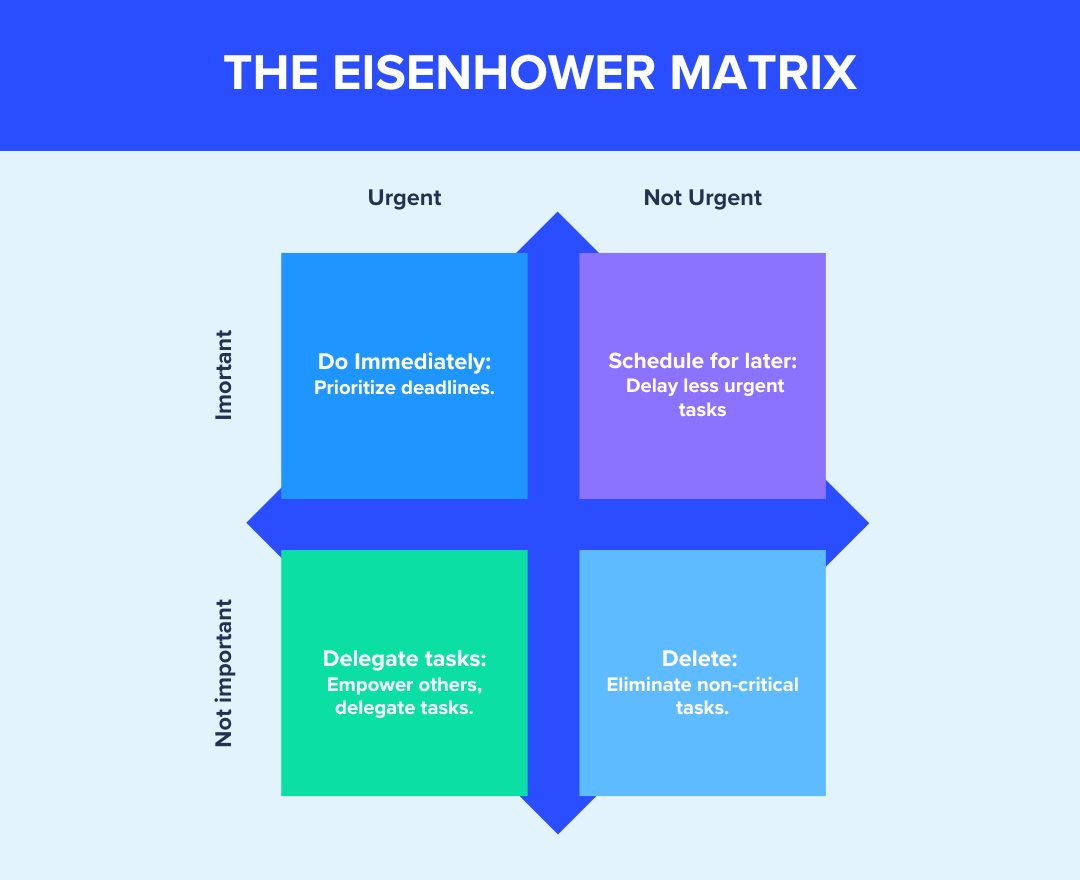Let me tell you about my scheduling disaster last quarter – total chaos. My content calendar looked like alphabet soup, deadlines kept slipping, and I felt like I was constantly putting out fires. That’s when I realized I needed to fix my master schedule approach. Here’s exactly how I untangled this mess:
My scheduling trainwreck
Started with unrealistic time blocking. Every Monday morning, I’d sit down with my planner and stuff tasks into neat little boxes like Tetris. Big mistake. By Wednesday, the whole thing looked like a toddler’s scribble. Client calls ran over, rendering videos took twice as long as planned, and I kept forgetting buffer time for bathroom breaks and meals. Felt like running on a treadmill that kept speeding up.
The forehead-slapping mistakes I made
- Treating estimates like stopwatch predictions – If I thought something would take one hour, I scheduled exactly 60 minutes. Never accounted for computer crashes, my dog barfing on the carpet, or just needing mental breathers.
- Stacking deadlines like Jenga blocks – Had four client deliverables due the same Friday because “that week looked light” when I planned it. Spoiler: everything crashed.
- Ignoring my energy rollercoaster – Scheduled complex scripting work for Monday afternoons when I’m actually comatose from morning meetings.
- Zero flex zones – Packed every hour so tight that when urgent emails hit, my whole schedule imploded like a house of cards.
How I rebuilt my schedule (without losing sanity)
First, I tracked my actual time for everything for two weeks. Wrote down how long tasks REALLY took in a cheap notebook. The numbers shocked me – admin tasks bled 25% more time than expected.

Then I created “buffered blocks” instead of tight slots. Now when something says 1 hour on paper, I give it 90 minutes on the calendar. Game changer. Those spare minutes either become bonus productivity or emergency cushions.
I started batching similar stuff. All filming happens on Tuesdays, client calls live on Thursdays, Friday afternoons are just for planning and dumpster fires. No more context-switching whiplash.
Finally, I marked two “flex hours” daily. If nothing blows up, I use them for extra work or actually taking a dang walk. Feels like finally having oxygen masks drop down mid-crisis.
Results that surprised me
After two months of this new rhythm, my overcommitment headaches vanished. Deliverables go out EARLY sometimes. And get this – I found about 10 free hours weekly without working more. Turns out constantly shifting gears was eating insane chunks of time.
The real win? When my laptop died unexpectedly last Tuesday, I just moved things around my flex blocks. Zero panic attack. Felt like I’d grown scheduling superpowers. Lesson learned: build schedules for reality, not fantasy land.



